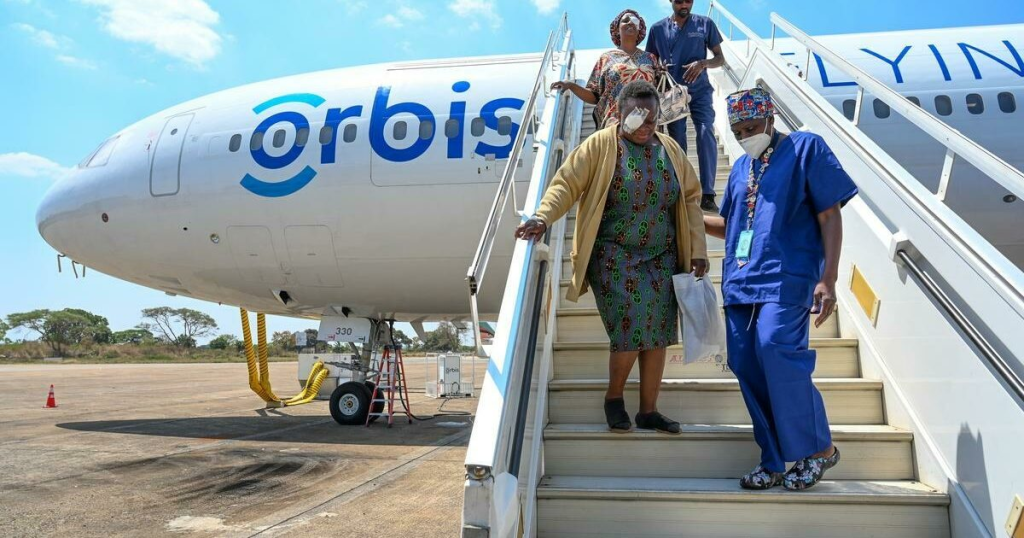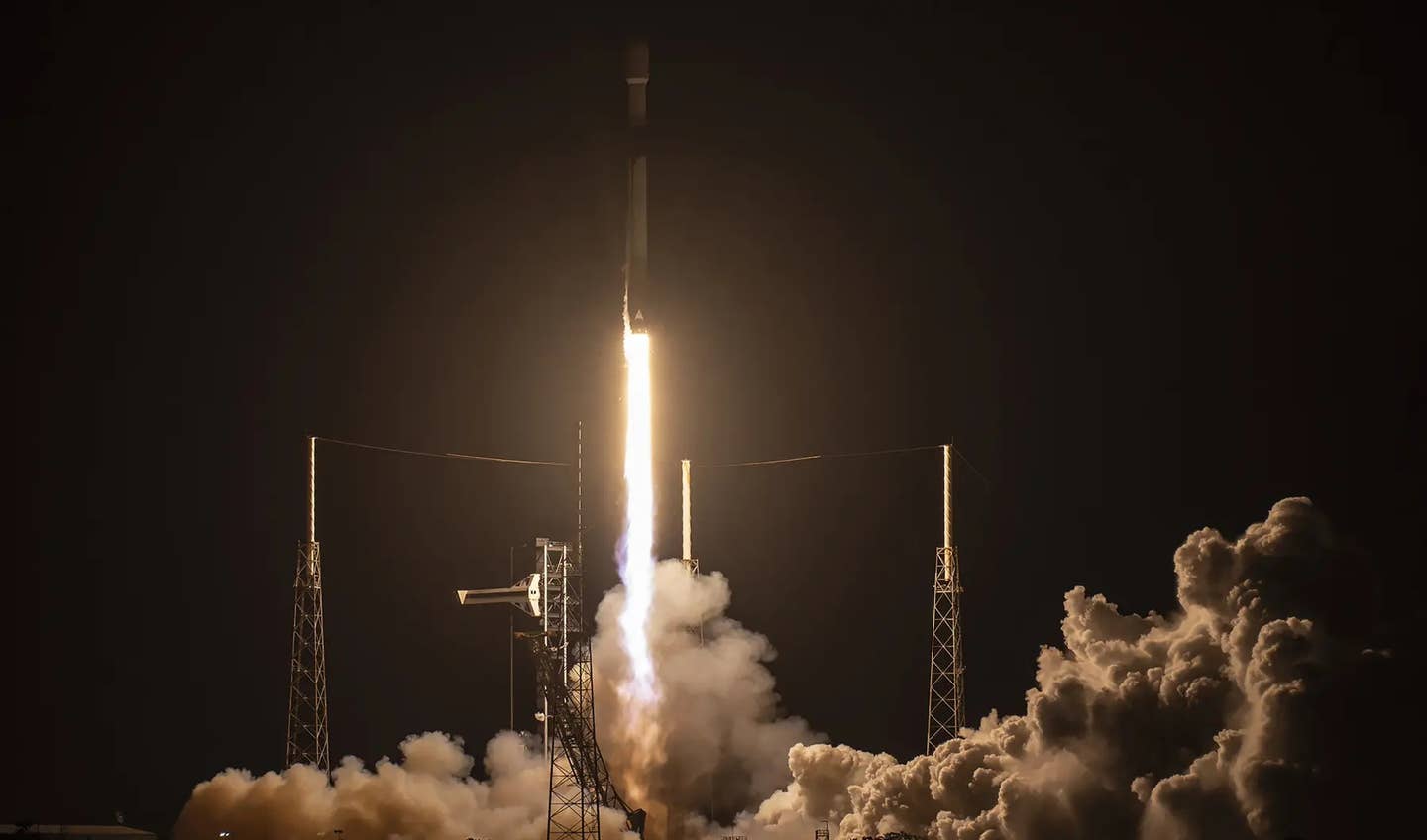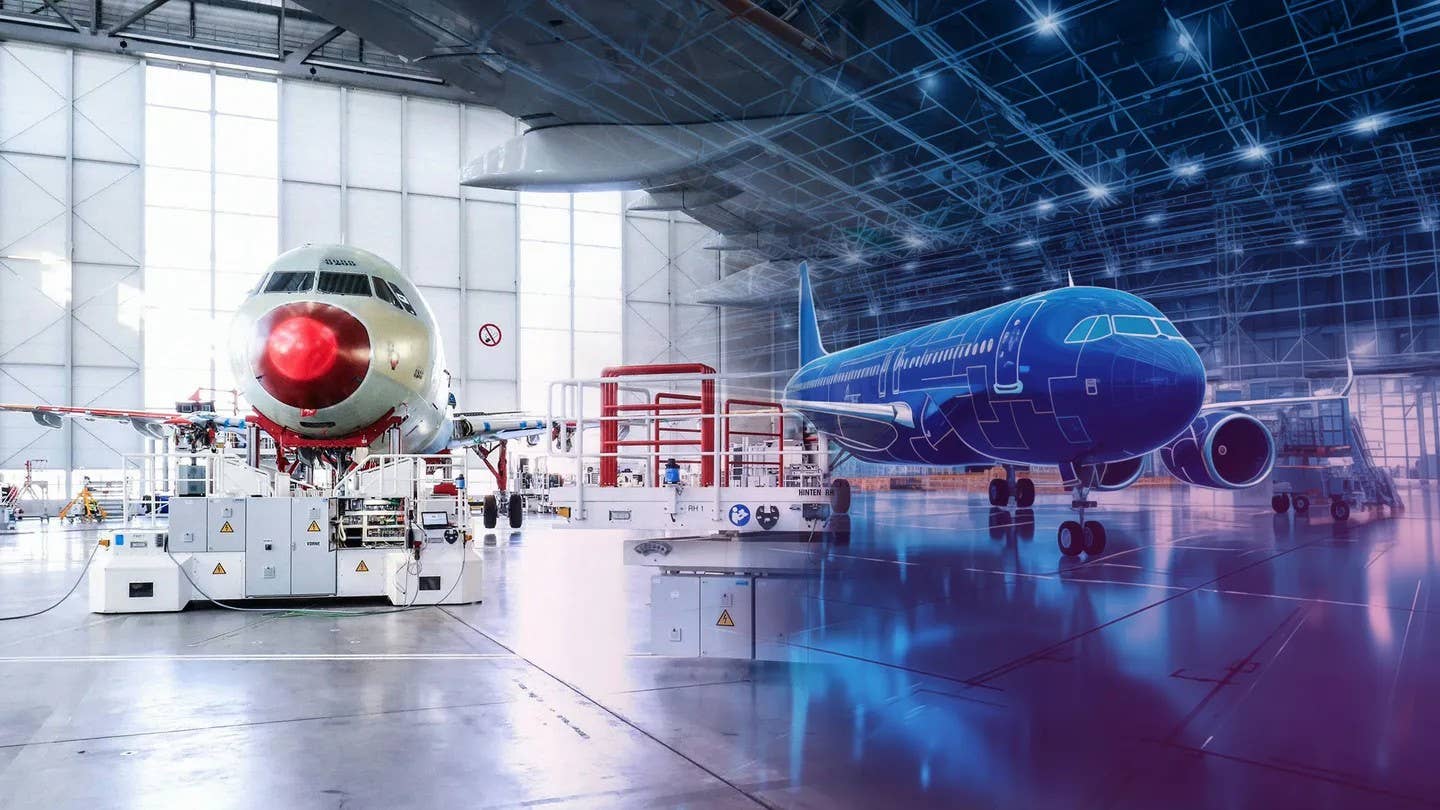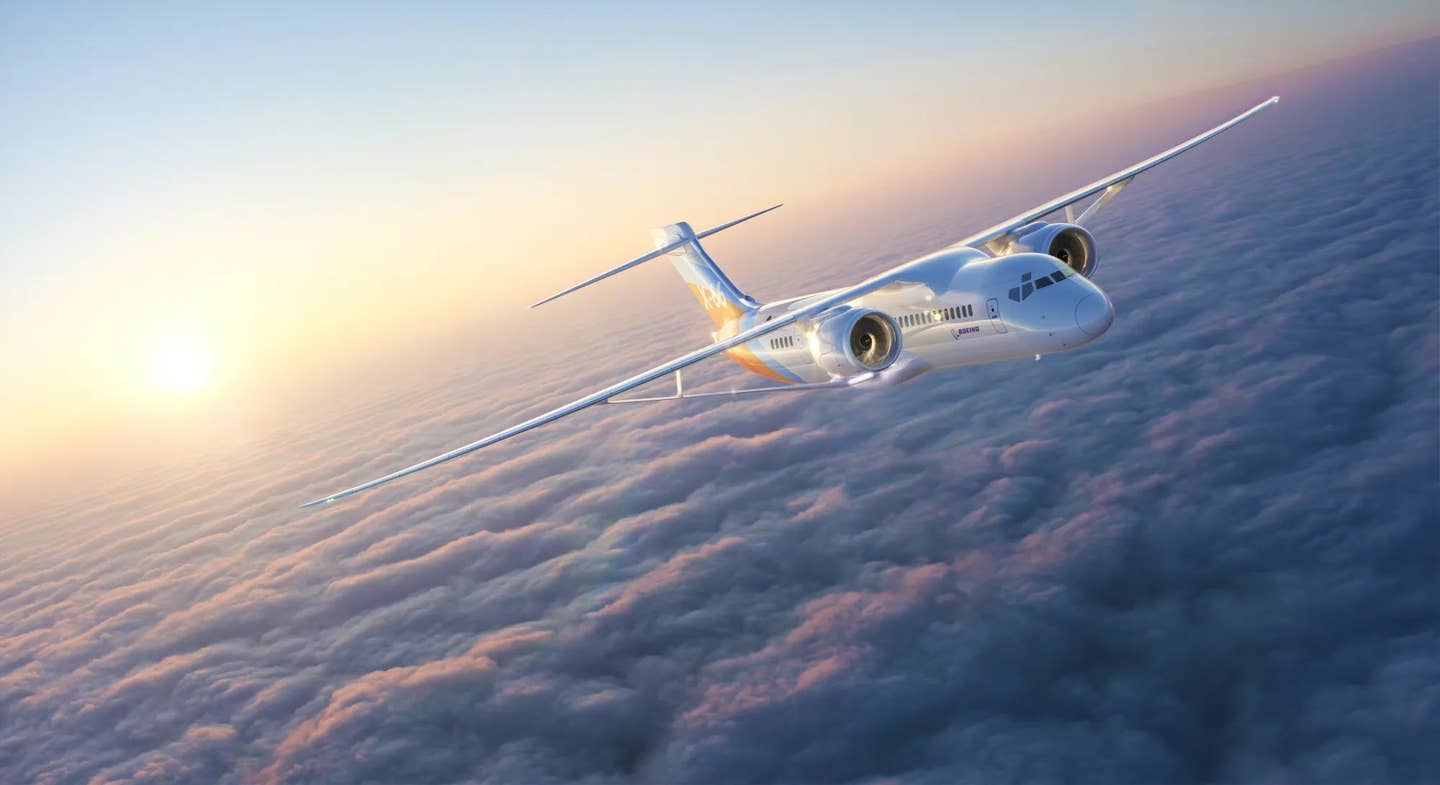CEO Shows FLYING the Air One Personal eVTOL for GA Pilots
Air CEO Rani Plaut wants to bring electric vertical takeoff and landing aircraft to the masses.
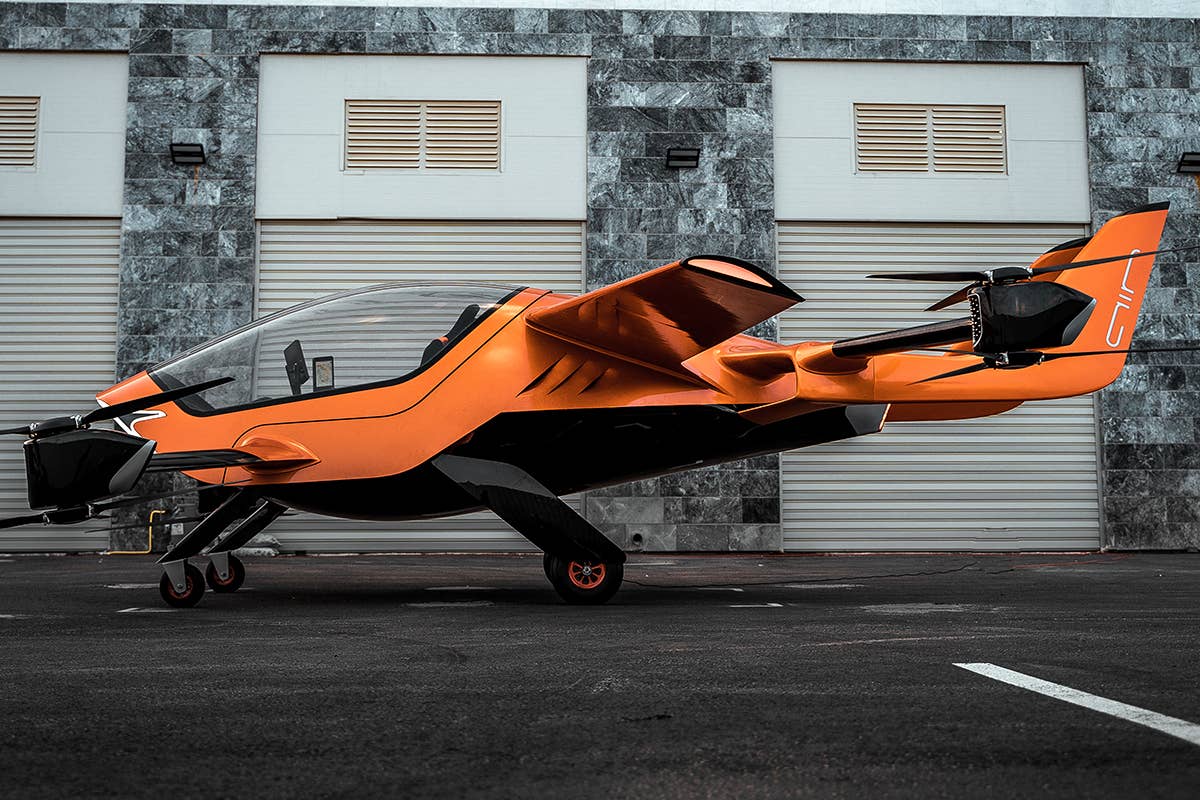
Can you imagine this aircraft parked in your garage? Air CEO Rani Plaut can. [Courtesy: Air]
Rani Plaut is a man on a mission.
The CEO and co-founder of Air wants to help create an entirely new form of air transportation for GA pilots.
To that end, Air is in the midst of developing Air One, a personal electric vertical takeoff and landing (eVTOL) aircraft with a base price of $150,000.
“Our patent enables a very, very simple product that’s also affordable,” Plaut told FLYING last month at EAA AirVenture in Oshkosh, Wisconsin. “And if you combine those two together, you get something which is the private car of the category.”
Although still undergoing initial prototype flight testing, Air is already marketing the fully-electric two-seater to non-pilots as well as GA pilots, as a personal eVTOL.
Unlike most of Plaut’s competitors, who are developing aircraft as commercial air taxis or cargo transports, Air is aiming for the masses. Plaut is betting that pilots will want to fly their own eVTOLs as a way to quickly commute to work or escape to the countryside—instead of struggling with traffic gridlock on the ground.
The aircraft weighs a little more than 1,900 pounds, with a range of 95.5 nm, a top speed of 135 knots, and a full battery recharge time of an hour.
“We think that the marketplace is vast—both on the GA pilot side—and the regular folks,” said Plaut, a self-described angel investor and executive board member for companies that spearhead tech-based disruptions. “There’s like a tidal wave now, everybody's riding it and there’s a lot of interest.”
Flight Control Systems
As a personal aircraft marketed to consumers, obviously Air One should be relatively easy to fly. Controlled by a stick located on a center console of the flight deck, Plaut said children who use the Air One simulator have been successfully landing on rooftops.
“We have a very special proprietary and patented flight control system which is called Fly by Intent, which means, basically, that you do what you would like the aircraft to do with your hand. And it's been translated seamlessly to the actions of the aircraft. You feel like you’re flying the aircraft as if it's an airplane. But practically, the computer is flying the aircraft, translating your desires to maneuvers, so to speak.” How the system actuates the physical control of the aircraft remains unclear.
By the way, this twin-tailed aircraft does not have rudders. “We have many complaints from pilots about that,” Plaut said. “We can glide, but—God forbid—if you have a big problem, you open Air One’s parachute. But on the flip side…its high level of redundancy makes it almost an impossibility to have this situation where you need to open the parachute.”
Air One is designed around the customer, said Plaut. “For example, we could have made the [24.5-foot] wing much longer and gained range. But we have to compensate for the fact that you want to land in your backyard at your home, and you want to fold it and put it in your garage. So we are constantly managing compromises between the engineering side and the product side of the customer.”
Flight Training for Air One
Plaut said Air One’s simplicity makes flight training easier. “We’re developing programs with leading training partners on a global scale—Canada, U.S., and other places,” he said. “We’re partnering with those schools because we want to have the option for non-pilots and pilots to come to a situation where they can fly their vehicle the minute they have it.
“In our talks with training partners and the FAA, we’re aiming [to train pilots for] sport pilot [certificates] or somewhere between a sport pilot and private pilot [certificate],” Plaut said. “So we're talking a double digit 20-plus hours for training.”
Flight Testing and Regulatory Approval
Following four years of concept and development, including flight testing of a 60 percent scale prototype, an Air One full-scale test article made its first flight test in June. Engineers and technicians put the aircraft through two weeks of uncrewed, tethered, hover testing in northern Israel. It’s currently undergoing a full flight-test envelope campaign, which is expected to last through this year. “This will evolve from tethered to untethered, to opening the envelope to full-scale performance, to manned flight early next year,” Plaut said.
Although Air is an Israeli company, it intends to achieve certification first in the U.S. “Air is a U.S.-oriented company,” Plaut said. “Our customers are in the U.S. and we wish to set up shop very, very soon in the U.S. We actually have a subsidiary in the U.S. and we have an office in Fort Worth.”
Plaut said Air is planning to move flight testing operations to the U.S. soon, as it continues to work with the FAA toward certification of the aircraft and establishing guidelines for licensing eVTOL pilots.
In fact, during his time at AirVenture, Plaut hosted Annie Petsonk, assistant DOT secretary for aviation and international affairs, and FAA Deputy Administrator Bradley Mims, who both toured the Air One mockup and took the eVTOL for a spin on the virtual reality sim.
As the FAA continues to work on its rewrite of MOSAIC (Modernization of Special Airworthiness Certificates) for LSAs, Plaut is hopeful that the agency will classify Air One so it would be certificated under those rules.
“The FAA is communicating with the players in the market,” Plaut said. “And generally speaking, we would by far prefer to be on the MOSAIC program—a more LSA-like certification—but we’re currently on the [Part 23 and Part 21.17 (b)] type certification route. Hopefully it will change, but if not, we'll keep on this.”
“We are all about trying to have the shortest path to customers in the air, basically,” Plaut said. “And this is choosing the shortest path and the path of least resistance.”
Air expects to be certificated in time to be available for deliveries to consumers in 2024.
Nearly 200 Pre-Orders
Plaut said nearly 200 customers have paid $1,000 as a pre-order deposit, which he said shows “a real and true desire” to purchase an Air One. Although many hurdles remain before certification and deliveries, there’s already informal talk about Air’s next eVTOL–perhaps a four-seater or a high performance single seater.
About the Aircraft
| Maximum speed: | 135 knots |
| Cruise speed: | 87 knots |
| Propulsion: | Four sets of counter-rotating proprotors, driven by eight battery enabled motors |
| Maximum payload: | 250 kg (550 lbs) |
| Maximum flight time: | 1 hour |
| Range: | 177 km (95.5 nm) |
| Charging time: | 100 percent in 1 hour |

Sign-up for newsletters & special offers!
Get the latest FLYING stories & special offers delivered directly to your inbox

